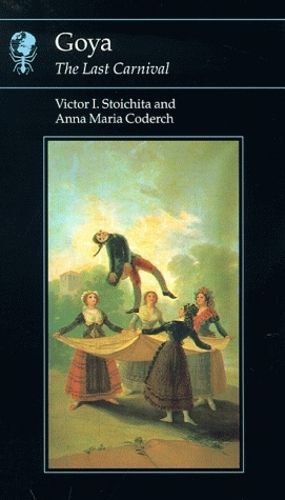Readings Newsletter
Become a Readings Member to make your shopping experience even easier.
Sign in or sign up for free!
You’re not far away from qualifying for FREE standard shipping within Australia
You’ve qualified for FREE standard shipping within Australia
The cart is loading…






This text provides a new reading of Goya, concentrating on the closing years of the 18th century as a neglected milestone in his life. Goya waited until 1799 to publish his celebrated series of drawings, the Caprichos , which offered a personal vision of the world turned upside down . Victor Stoichita and Anna Coderch consider how themes of Revolution and Carnival (both seen as inversions of the established order) were obsessions in Spanish culture in this period, and make provocative connections between the close of the 1700s and the approaching of the Millennium. The authors deal with almost unknown or neglected literary sources concerning Goya’s intellectual envirnoment. Particular emphasis is placed on the artist’s links to the underground tradition of the grotesque, of the ugly and the violent. Goya’s drawings, considered as a personal and secret laboratory, are foregrounded in a study that also reinterprets his paintings and engravings in the cultural context of his time.
$9.00 standard shipping within Australia
FREE standard shipping within Australia for orders over $100.00
Express & International shipping calculated at checkout
This text provides a new reading of Goya, concentrating on the closing years of the 18th century as a neglected milestone in his life. Goya waited until 1799 to publish his celebrated series of drawings, the Caprichos , which offered a personal vision of the world turned upside down . Victor Stoichita and Anna Coderch consider how themes of Revolution and Carnival (both seen as inversions of the established order) were obsessions in Spanish culture in this period, and make provocative connections between the close of the 1700s and the approaching of the Millennium. The authors deal with almost unknown or neglected literary sources concerning Goya’s intellectual envirnoment. Particular emphasis is placed on the artist’s links to the underground tradition of the grotesque, of the ugly and the violent. Goya’s drawings, considered as a personal and secret laboratory, are foregrounded in a study that also reinterprets his paintings and engravings in the cultural context of his time.